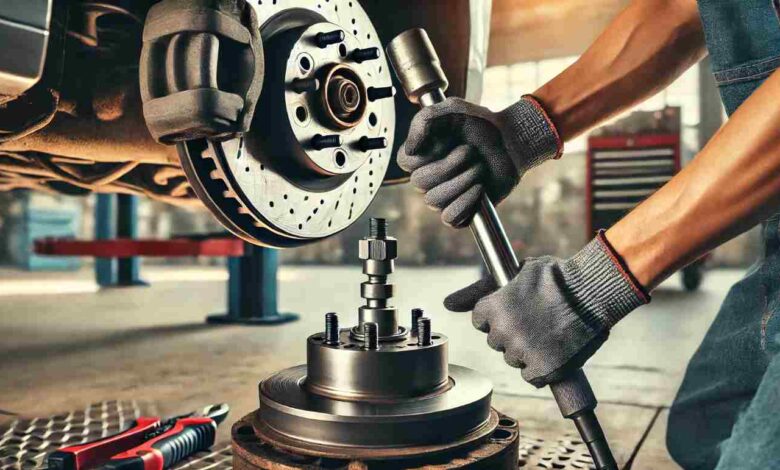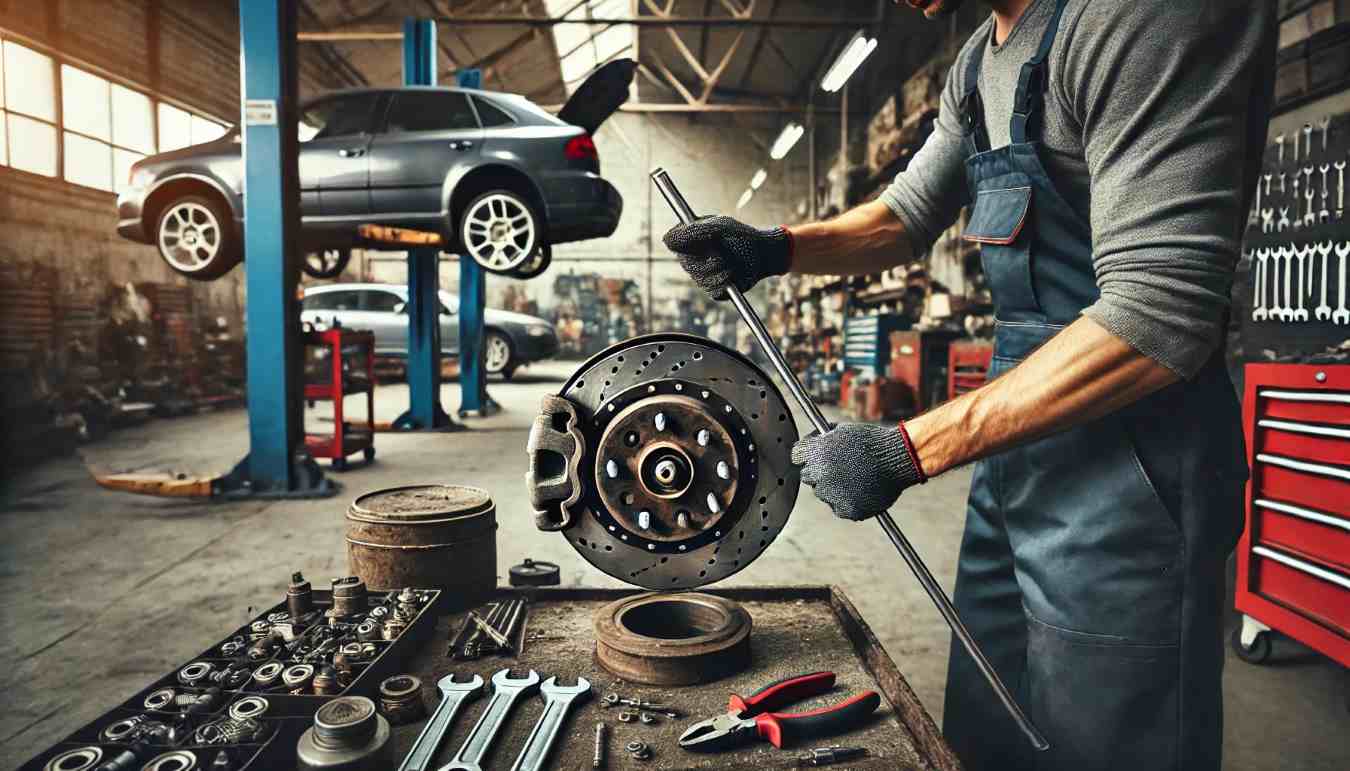Slide Hammer Basics: Tips and Best Practices

When working on automotive or DIY projects, a slide hammer is an indispensable tool. Whether you’re pulling dents out of a car or removing stuck parts, this tool provides a powerful solution for tasks that require pulling force. In this article, we’ll dive into the basics of slide hammers, their different types, and best practices for using them effectively.
What Is a Slide Hammer?
A slide hammer is an unusual tool intended to apply pulling power on items that are challenging to extract. This is a long rod with some weight that slides along it, which will generate force when the weighted end of the rope hits bottom. The most common use of this tool is for auto repair, construction, and sometimes even at home to remove bearings, gears, wealds or stuck axles/nails etc.
Key Components
- Rod – The central part where the weight slides.
- Weight – The sliding element that generates force.
- Attachment – A hook, clamp, or puller at the end for connecting to the workpiece.
- Handle – Used to control the tool and direct force.
Common Types of Slide Hammers
1. Standard Slide Hammer
The most basic one and is used for general-purpose jobs. These are also multipurpose and usually include accessories to complete different procedures like removing gears, axles, or dents. The fact that they are portable enough to switch between multiple jobs makes them a useful tool for professionals and hobbyists alike.
2. Internal Puller Slide Hammer
It is made to take parts from a housing like bearings or bushings. This usually involves expanding collets that hold onto the interior section of a piece, permitting it to be drawn out from within.
3. External Puller Slide Hammer
Pull parts from outside; i.e. axles, seals. The attachments clamp onto the part at its outer edges, which is great for heavy-duty applications like parts that have seized together with rust or are just being stubborn.
4. Body Repair Slide Hammer
Use these hammers designed for automotive bodywork that include hooks or pulling clamps behind the metal to pull dents out. This is your default for repairing panels you’d prefer not to remove altogether.
5. Heavy-Duty Slide Hammer
Heavy-duty slide hammers, used in larger and more difficult tasks have thicker rods with greater weights. They also designed to produce more force, which makes them appropriate for industrial or heavy machinery applications.
How to Use a Slide Hammer Effectively
1. Preparation
Before using the tool, make sure that the area is clean and you have the correct add-on for whatever it is that you’re doing. For instance, if you are pulling a dent, select the hook or clamp that grabs tightly to its borders. This for internal puller attachment to remove bearing.
2. Positioning
To maximize the impact of your slide hammer, align it perpendicular to the workpiece. That way the pulling force comes directly in line with whatever you are working on. Improperly aligned, they can cause pulling or even damage adjacent components.
3. Controlled Force
Another essential point is that when pulling using the slide hammer, you must do it forcefully. Begin with a light strike to get a feel for how hard the workpiece is. Incrementally apply force where necessary and avoid jerking or putting excessive loads that can damage the part (or worse harm you!).
4. Repetition
It is possible that you are going to be doing this over and over (as there may not necessarily a limit on how many times the task at hand needs to be repeated). In some cases, like a seizure of the bearing requiring multiple hits to break it free. Take your time and apply steady, even pressure.

Safety Tips
Slide hammers are powerful tools that need to be used safely and cautiously. So here are some of the practices that you can follow:
Wear protective gear: Wear safety glasses, gloves, and clothing to protect from projectiles or shrapnel pieces that could come off during operating.
Tool Inspection: Look at the hammer for cracks or loose attachments before each use. A broken instrument may not only be risky, but it can also render you impotent.
Use the Right Attachment: Using the wrong attachment can make your hammer less effective and increase the chance of damage or injury.
Use Even Pressure: Never apply force without moderation, as it can make the plug fall off or damage the object you are working on.
Best Practices for Maintaining Your Slide Hammer
Slide hammers are like any other tool—the more they are used without maintenance, the higher the chances of failure. Keep it maintained regularly to ensure it’s ready whenever needed!
Lubrication: Ensure the sliding weight and other moving parts are well-lubricated. This guarantees smooth operation and prevents wear on all parts.
Maintenance: Clean the hammer after each use, removing debris and dirt. This is particularly important for the attachments, which can become clogged with grease or dirt.
Storage: After using the hammer, store it in a dry place to prevent rust or corrosion.
Applications of Slide Hammers
- Automotive Repairs
This is perhaps one of the most popular applications for a slide hammer as it has to do with automotive repair, specifically dent removal, bearing and axle pulling. Perfect for pulling the backside of body panels or extracting parts without dismantling, it provides a controlled force.
- Construction Work
Slide hammers are used in construction to extract nails, rods, or bolts stuck inside walls or structures. They are also put to work on tasks requiring soil sampling where they can drive probes deep into the ground.
- DIY Projects
In-home repairs, slide hammers can dissolve work like stubborn nails or screws where conventional tools fail to reach. Their versatility cannot be matched, so they can easily find their place in any DIY toolkit.
The Bottom Line
No automotive repair professional, construction site manager, or DIY engineer is complete without having access to the best slide hammer. Because it offers controlled pulling force, it’s useful in many situations, such as dent removal or pulling apart stuck components. Your slide hammer can provide years of efficient service if used and maintained according to best practices. For professional mechanics or weekend DIY warriors, mastering a slide hammer can greatly expand what you can tackle with your repair arsenal.





